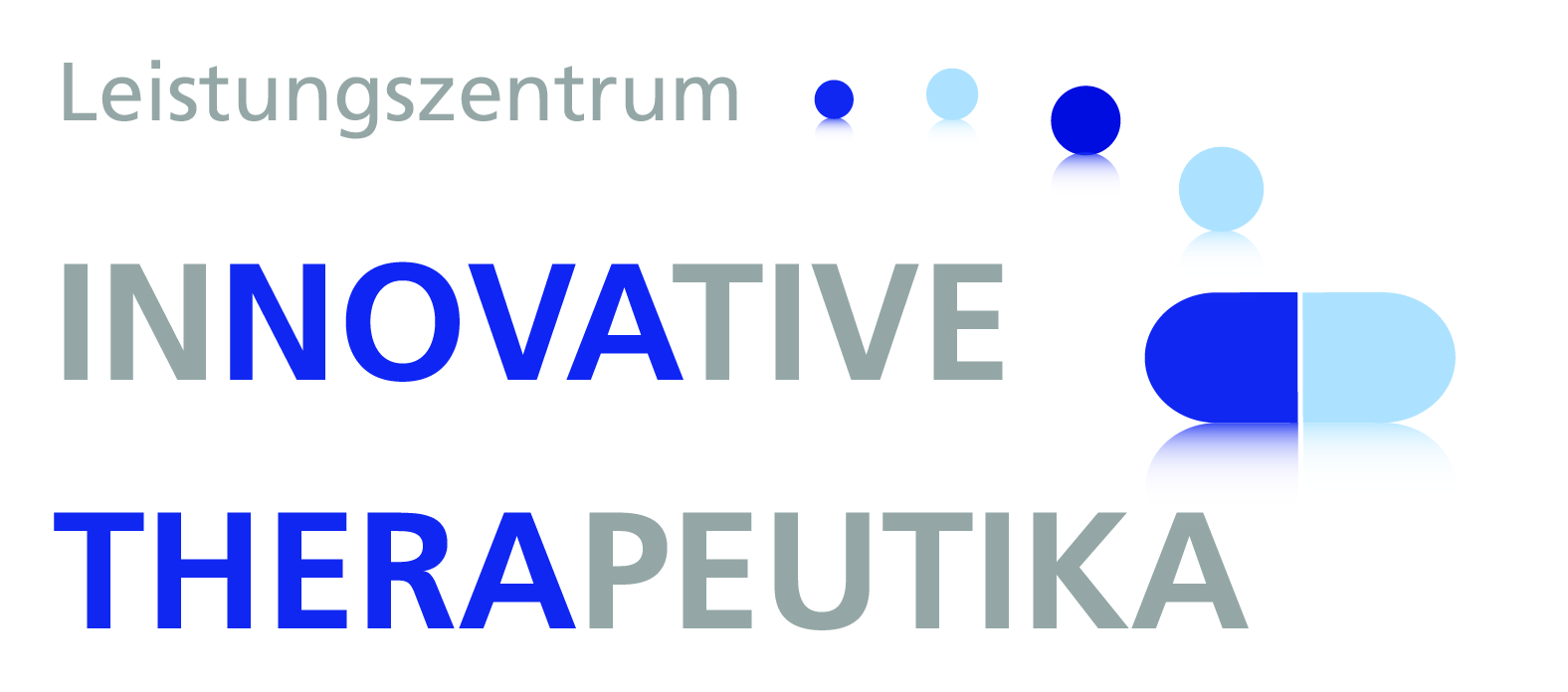Fraunhofer Innovation Centers
Innovation Centres organise the close cooperation of university and non-university research institutions with partners from industry. Universities, Fraunhofer-Institutes and, if applicable, other non-university research institutions work together with companies and civil society stakeholders on a topic-specific basis at one location in order to quickly bring innovations into (practical) application.
In an Innovation Center, transfer activities of all parties involved are coordinated and connected to facilitate rapid application-oriented transfer into practice.
Each Innovation Center develops a joint transfer roadmap, which is updated annually. The following transfer paths are pursued for the Innovation Center TheraNova:
- Contract research
- Spin-offs
- Licensing
- Standardisation
- Further education/transfer over heads
- Infrastructure services
- Science communication
 Innovation Center Innovative Therapeutics
Innovation Center Innovative Therapeutics